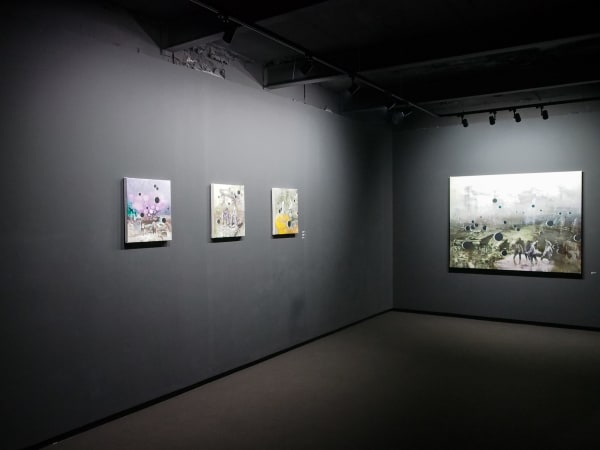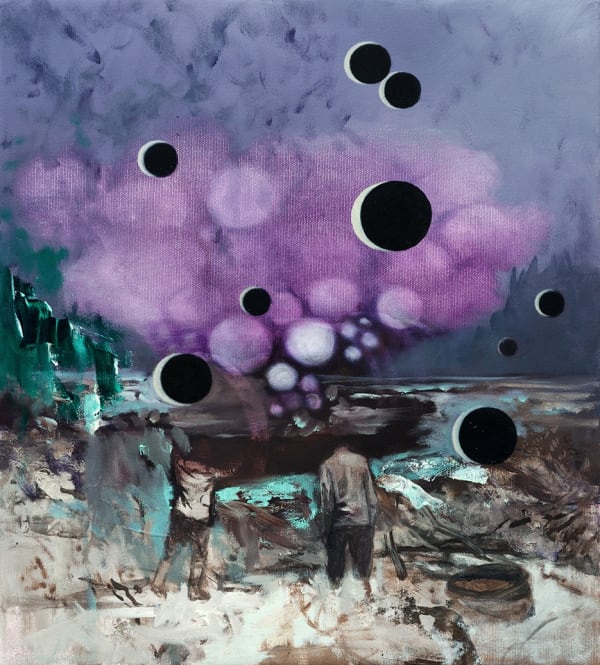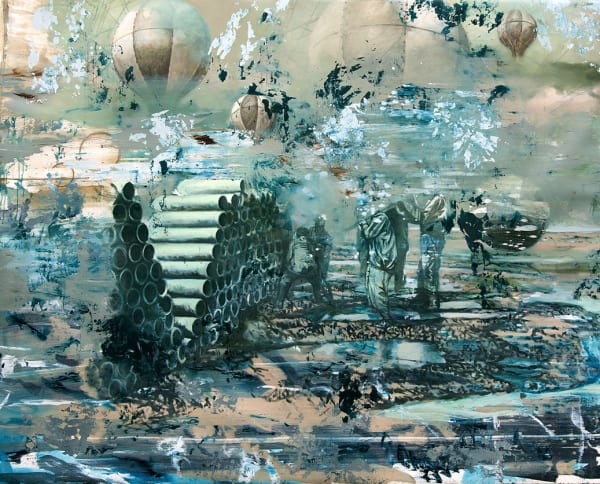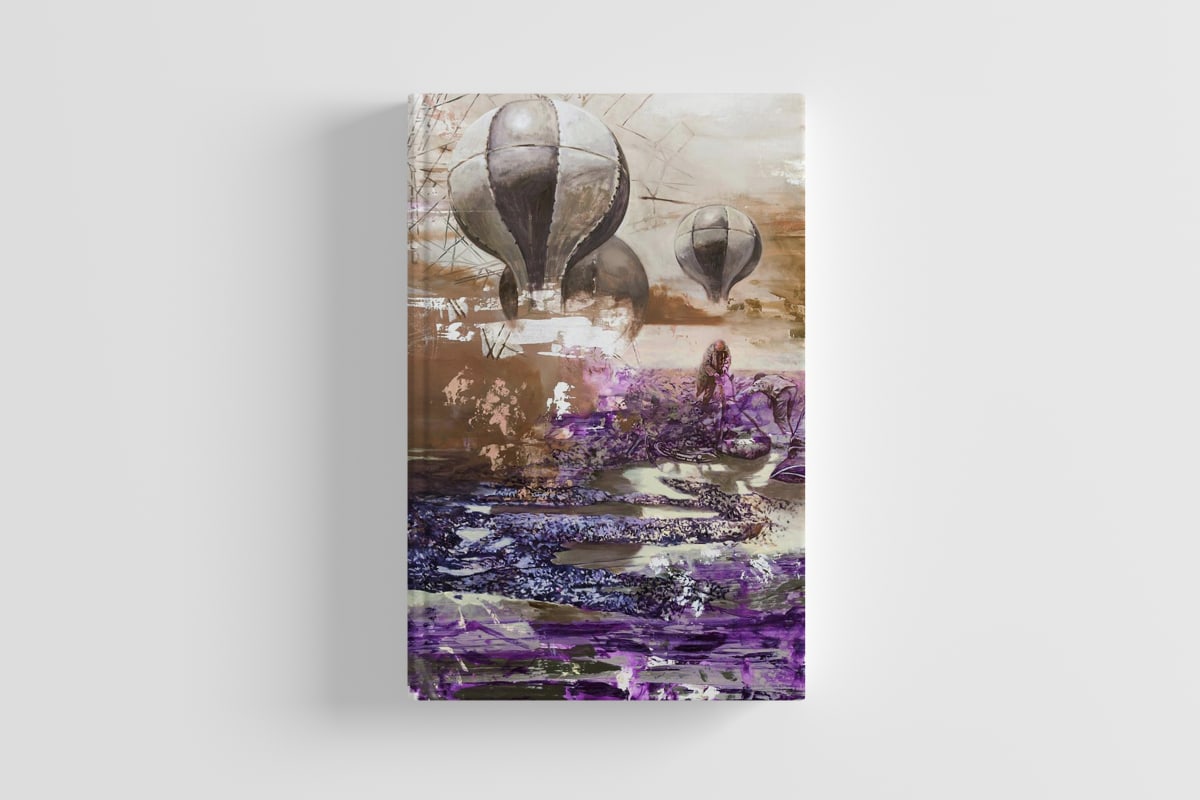Chamber of Secrets: Sándor Szász
The imagery of Sándor Szász's works has most of the time been interpreted as a post-apocalyptic one, thematically connected to the Eastern European space, infested with the Communist system tares. However, an honest look beyond the frame provided by the recent history can bring to the light another perspective. Szász's art resumes the discussion upon some delicate problems, which are extremely up-to-date, and forces us to consider, without any filters or censorship, fatality as the perpetual mark of human existence.
Mobius is pleased to present Chamber of Secrets, a solo exhibition of new works by Sándor Szász curated by Michele Robecchi. The exhibition is on display from December 9th through January 31st.
The imagery of Sándor Szász's works has most of the time been interpreted as a post-apocalyptic one, thematically connected to the Eastern European space, infested with the Communist system tares. However, an honest look beyond the frame provided by the recent history can bring to the light another perspective. Szász's art resumes the discussion upon some delicate problems, which are extremely up-to-date, and forces us to consider, without any filters or censorship, fatality as the perpetual mark of human existence.
Apparently contradictory yet surprisingly coherent, Sándor Szász's paintings present apocalyptic scenarios that, if on the one hand are vaguely reminiscing of the brand of Surrealism made notorious by Francis Picabia, on the other hand, they seem to refer to the imagery of sci-fi cinema. His characters, invariably faceless, live in bleak landscapes enriched by the presence of mysterious relics. It is not clear if these rusty, semi-abandoned, stranded machines or ships constitute an exotic discovery or are instead the cause of these figures' predicament. What doesn't change is their collective engagement in some kind of labor that, coupled with the dramatic colors of his palette, render a twisted update of the Eastern-European tradition of realism as a way of chronicling, and often glorifying, the mundane and the universal. The first big difference to notice is that - stunning technique notwithstanding - there is nothing conventionally glorious in what Szász's represents in his work, if not for a melancholic sense of failure. Unlike the standard propaganda paintings that defined much of the 20th Century, where workers were depicted united in the common goal of erecting a better future, in Szász's paintings the future is patently dystopian. The atmosphere in works like Kurszk (2011), where a group of men can be seen standing in line in front of a fog-concealed tank waiting either for evacuation or recruitment, or the chillingly titled Symphony of the Orphans (2014), where another group of men in uniform is busy rescuing a casualty while walking in a pond of water in a freshly-destroyed landscape, is unmistakably dark.



















